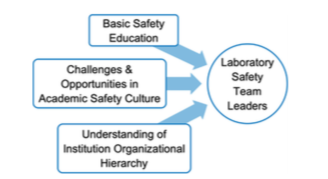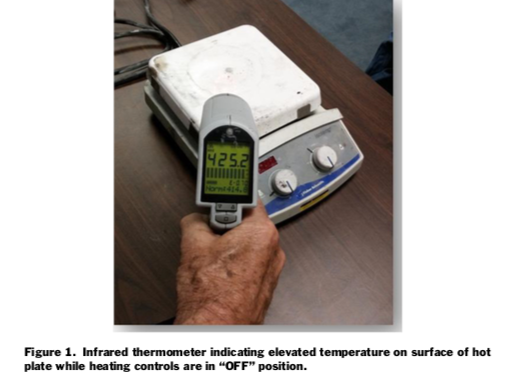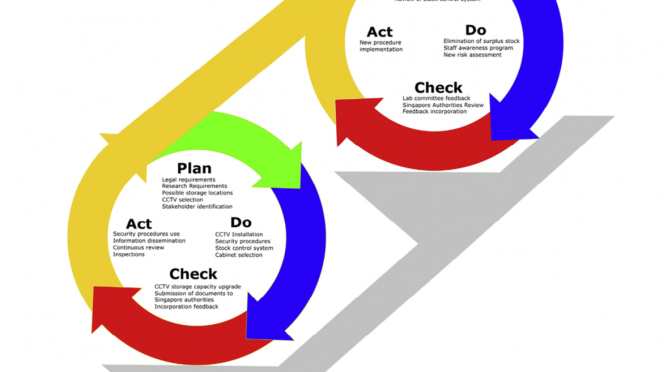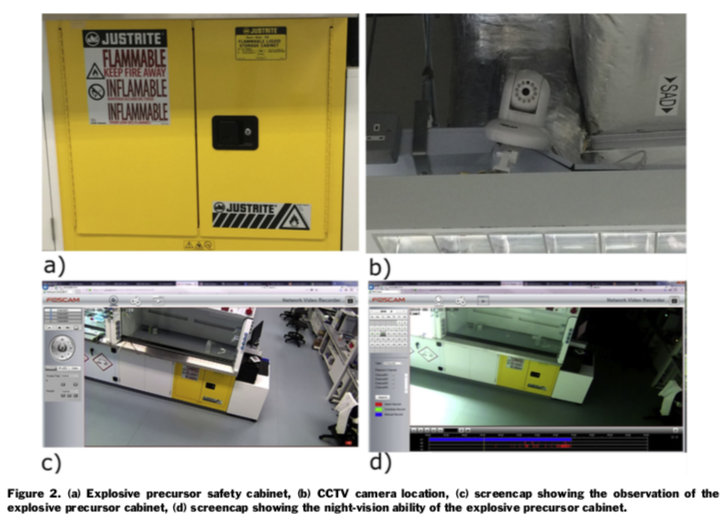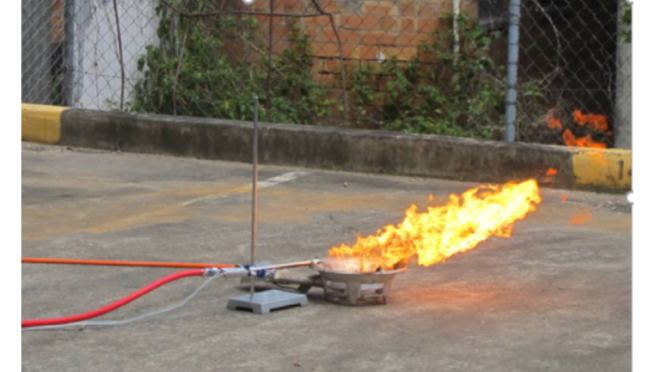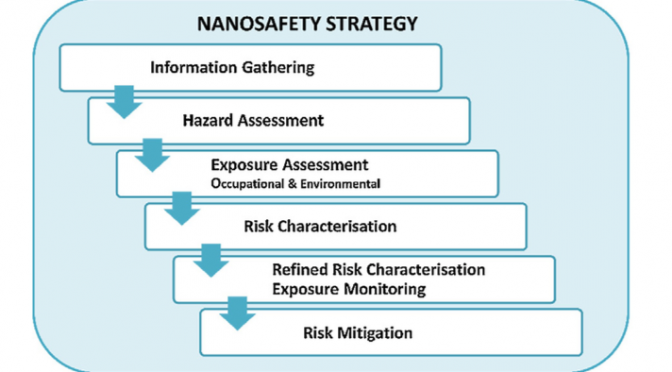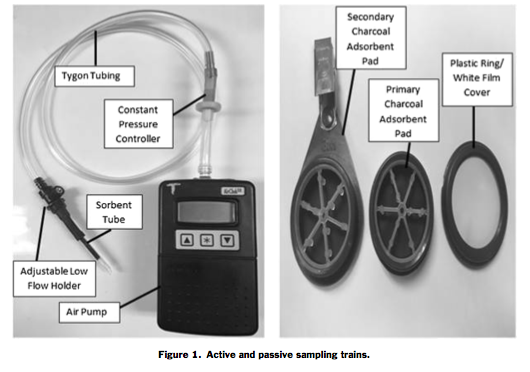The JCHAS Editor’s Spotlight for the November / December 2019 issue of the Journal of Chemical Health and Safety is shining on 4 articles, all written by former chairs of the Division!
The first presents an innovative approach to assessing heat stress concerns while wearing personal protective equipment.
Then there is a suite of three articles that describe safety culture development programs in variety of settings (undergraduate instruction, academic research support, and industrial laboratory settings).
In addition, there are articles assessing the impact of safety cultures in several settings and 4 articles on interesting approaches to improving ventilation in chemical settings.
Note: This is the final issue of JCHAS that is published under the Division’s contract with Elsevier. Starting in 2020, the Journal will be published by the American Chemical Society’s publications division. This will change how members access the journal. Let me know if you have any questions about this change.
Journal of Chemical Health and Safety,
November–December 2019
Editor’s Spotlight: Predicting and preventing heat stress related excessive exposures and injuries: A field-friendly tool for the safety professional
Harry J. Elston, Michael J. Schmoldt
Editor’s Spotlight: Industrial lab safety committees and teams — Case study
Kenneth P. Fivizzani Pages 71-74
Editor’s Spotlight: DiSCO — Department Safety Coordinators and Officers: Building Safety Culture
Victor Duraj, Debbie M. Decker Pages 84-88
Editor’s Spotlight: Incorporating chemical safety awareness as a general education requirement — Case study
Frankie Wood-Black
Chemistry laboratory safety climate survey (CLASS): A tool for measuring students’ perceptions of safety
Luz S. Marin, Francisca O. Muñoz-Osuna, Karla Lizbeth Arvayo-Mata, Clara Rosalía Álvarez- Chávez
Assessing graduate student perceptions of safety in the Department of Chemistry at UC Davis
Brittany M. Armstrong
Use of Lean Six Sigma methods to eliminate fume hood disorder
Hugo Schmidt
Computational fluid dynamics (CFD) modelling on effect of fume extraction
Kar Yen Sam, Siong Hoong Lee, Zhen Hong Ban Pages 20-31
Anatomy of an incident: A hydrogen gas leak showcases the need for antifragile safety systems
Hugo Schmidt
Cleaning diamond surfaces using boiling acid treatment in a standard laboratory chemical hood
Kimberly Jean Brown, Elizabeth Chartier, Ellen M. Sweet, David A. Hopper, Lee C. Bassett
In Your Face: Consideration of higher risks for chemical exposure to persons with disabilities in laboratories
Janet S. Baum, Amie E. Norton
Lessons learned — Vacuum pump fire
Elizabeth Czornyj, Imke Schroeder, Nancy L. Wayne, Craig A. Merlic
Pilot study predicting core body temperatures in hot work environments using thermal imagery
Jacob B. Thomas, Leon Pahler, Rodney Handy, Matthew S. Thiese, Camie Schaefer


